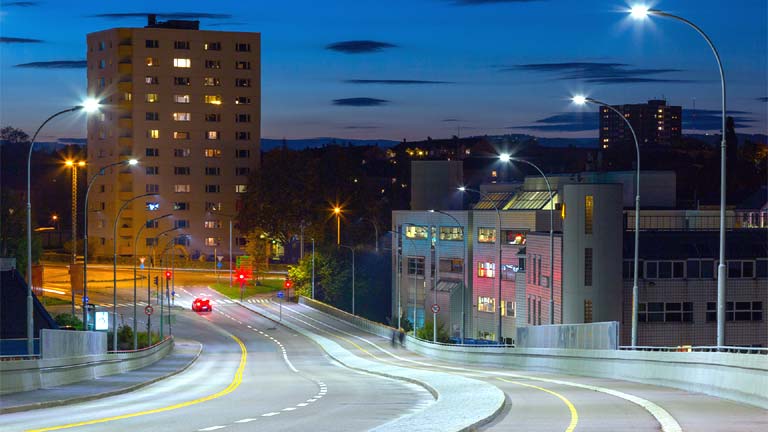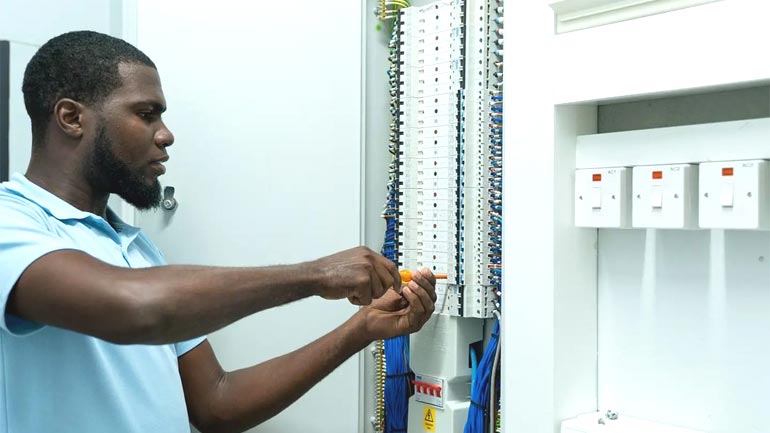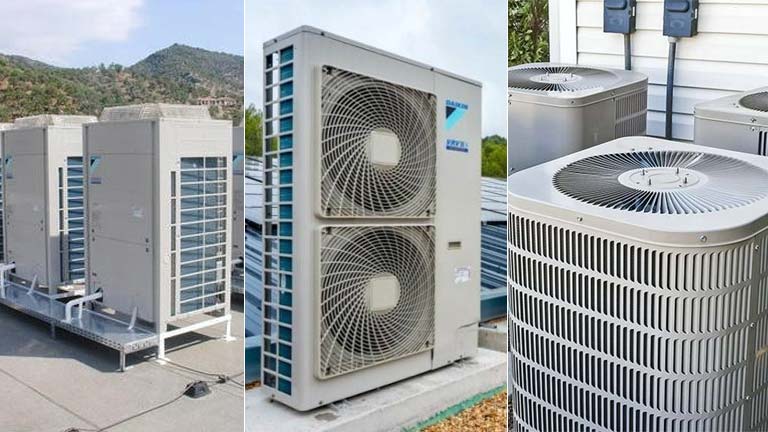
The world population increases at a fast rate, and due to urbanized growth, cities around the globe are facing new challenges and trends. It is becoming increasingly clear that due to the scarcity of our planet’s resources, they may well not be sufficient enough to support the expanding population increases we are facing. There are four specific trends that appear to be generating new opportunities but also challenge global city leaders.
- Expansion/Growth worldwide: Populations in cities are growing rapidly, which reflects the rising tactical significance of the location of cities. More than two-thirds of the population, by the year 2050 will be living in cities, and what is more, around 3 billion of those people will reside in new, extended, or renewed urban locations.
- The rising demand for resources and energy: Cities account for approximately 70% of the global consumption of power, and GHG (Greenhouse Gas Emissions), which have caused grave concerns regarding the availability, and price of energy resources, as well of course, as their impact on the environment.
- Establishing a strong city identity: The competition between cities, their people, and businesses is heavily on the increase, which creates good economic growth conditions.
- Expansion of connectivity: By means of intellectual, efficient solutions, supported by ICT (information and communications technology), there are enormous opportunities from which to improve city life. Applying public pressure and an increase in urgency will push the implementation of innovative city operation systems. Swift development worldwide puts pressure on cities to ensure their livability. It can be categorized into three vital elements: flexibility, completeness, and legitimacy. Flexibility concentrates on a city’s resilience and stability – it’s the aptitude to be able to adapt to the needs of the city. Completeness means the ability of the city to create a sense of community across the entire population, regardless of gender, age, or culture. Legitimacy refers to the identity or character of the city. A smart, public lighting infrastructure that is networked, can enhance the habitability of global cities by:
- Generating an efficient, ecologically resistant city: By embracing energy results that will keep up with the pace of the city, but minimize its use of energy resources and its impacts on the environment.
- Safeguarding the security and safety of every citizen: By improving the conditions for driving, condemning the crime, and refreshing city spaces – from neighborhoods to shared areas, parks, and highways.
- Forming a beautiful, vivacious appearance: It is common for cities to want to express their distinct, exclusive identity and stand out from all the other countries. By doing this, it enables them to draw in more tourists and businesses. Practical, clever lighting is no longer a “good thing to have” for any city. It is vital that each city develops itself in a maintainable way to safeguard a healthy future.
Community Lighting: Artificial lights are a vital component of city environments, and cannot be overlooked in any way. Lighting is not only vital for illumination at night, but it is also important for the city’s identity. Residents of cities need to feel a sense of security and social presence, but not only that, but it can also influence tourists and businesses by creating an inviting environment.
- Out of the entire consumption of electricity, 19% is made up of lighting.
- A third of roads worldwide are still illuminated by equipment from the 1960s
- €10billion per year can be saved in energy by the installation of new street light solutions
- Savings of approximately €130 billion can be made if LED technology is used. This is an extensive amount of money, equal to 640 mid-sized power stations being eliminated worldwide. Additionally, a worldwide LED technological trial was independently undertaken across twelve of the world’s biggest cities and found that LED lights can produce up to 50-70% by way of energy savings. With the coupling of smart controls, savings of up to 80% can be achieved. Research demonstrates that the populations of test cities much prefer the community and environmental benefits, for example, the feeling of safety and also visibility improvement. The study, “Lighting the Clean Revolution: The Upsurge of LEDs and What This Means to Cities,” was published as a campaign called “The Clean Revolution,” in Rio+20 UN Global Compact Corporate Sustainability Forum. The Climate Group produced this report which backs the argument of the campaign that key energy savings can be attained almost overnight at comparatively little cost. The revolution of LED lighting is achieving traction; 10% of the worldwide installed street lighting is LED. This figure is predicted to increase to approximately 80% by the year 2020.
- Even if currently connected public lighting is changed to LED, this will not be sufficient for cities to meet the target reductions for energy consumption and cost. However, reciprocal solutions for lighting are required to enable savings to be brought to the next level. City leaders are now faced with a huge problem. Cities can be complex things; they are places where difficulties arise due to the lack of interconnected systems, which means they have no way of communicating with one another. Therefore, to be able to realize the idea of connected cities and meaningful innovations, joint efforts need to be made. Consequently, bright lighting becomes a future evolution from analog to digital and fluorescent light bulbs to SSL (Solid-State Lighting). Each of these is connected to an energy grid by means of an assortment of last-mile access technology.
Further savings can be made by integrating controls via the Internet. Much greater value can be gained from utilizing a lighting network for connected additional services. Ever-present wireless connectivity as well as “Energy Internet” is acknowledged by the authorities
We currently sit in the middle of a double-market changeover, one where LED does not merely become a fascinating proposal, but where the energy grid begins to evolve into a reciprocal communication network, enabling consumers and companies to produce, stock, sell and use electricity. The network will turn into an additional Internet Protocol (IP) platform and enable people to connect through the IP with their individual devices. The Internet and telecommunications networks have advanced so much further than we envisaged some 20 years ago. In some instances, an “Energy Internet” is already being built. As soon as data beings to flow, among traditional closed or proprietary infrastructure, in an open way, for example, public lighting, waste management systems, and traffic, there will be some entirely new ways of data communications/connectivity so that systems and devices become “smart.” Further operating savings and revenues will generate value from the improved service systems.
Subject to the volume of bandwidth and infiltration through the lighting network, a multi-level service platform will emerge using the lighting infrastructure for additional services, for example, public safety areas, traffic and parking intelligence, but also for advertising via means of video, hotspots for public use, sensors, TCO to TVO so it is possible to move away from the more traditional type of tendering, which in the past has focused more on initial cost (for cheap but unsustainable solutions), considering is now being given by the leaders of cities as to the lifetime cost of the infrastructure, or TCO (total cost of ownership). The idea of TCO considers each and every linked cost for the new infrastructure – CapEx (the preliminary investment), the OpEx (operating costs), maintenance, re-lamping, disposal, and energy to name a few.
Infrastructure, within a “Smart City”, is more than like to develop into a dynamic platform to enable constant innovation. Looking at it from a different perspective is what is needed i.e. TVO (total value of ownership). At precisely that point the case favoring sustainability and habitable infrastructure become obvious.
Creating an infrastructure by use of a TVO-centered approach incorporates:
(1) Connecting such a project to the vision of the city, as regards, habitability, growth of the economy, and sustainability.
(2) Signifying the connection of the lighting infrastructure as a “network of networks” and also a platform to deal with the service innovation.
(3) Working closely and actively with the investors, namely citizens, city officials, show owners, police, retailers, telephone operators, and ISPs.
(4) Financing cost savings for operations (not merely from lighting) within the platform to permit new functionalities.
(5) Quantifying the entire accumulated value year after year as regards revenue and savings, employment created, and habitability improvements.




